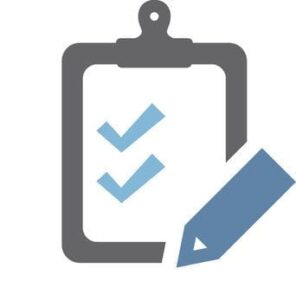Australia is moving forward with a trial to assess age verification technologies, managed by the Department of Communications—though the technical effectiveness tests will be conducted by an external expert selected through a competitive process, reports InnovationAus.com.

The $6.5 million trial is meant to evaluate the system design and technical specifications of various age assurance technologies. Its goal is to provide insights into the effectiveness of these technologies in accurately identifying users’ ages while ensuring privacy and security protections.
Participation from digital platform companies in the trial is not mandatory, though the Department of Communications believes it is in their interest given their obligations under the Online Safety Act, which is under review. The eSafety Commissioner, Julie Inman-Grant, confirmed her office’s support for the trial as part of a cross-government working group, which also includes the Attorney-General’s department and Home Affairs. The external technical provider will independently test the effectiveness of age assurance technologies, considering factors such as accuracy, privacy, and security.
Concerns have been raised by digital rights, tech, and criminology experts about the workability, privacy implications, and motivations behind the trial. The eSafety Commissioner had recommended this trial in an age verification roadmap delivered to the federal government in March last year, which was initially rejected. The roadmap highlighted what it characterized as the immaturity of current market offerings for age assurance technologies, including digital identity apps, electronic tokens, and facial recognition.
The trial will provide the government with advice on the effectiveness of existing age assurance technologies. While the list of technologies to be tested is yet to be determined, guidance from the UK government has already identified self-declaration of age as ineffective. Inman-Grant also noted that a similar trial in France led to users migrating to rogue sites and mainstream social media platforms, emphasizing the complexities of regulating online content.
A recent report from America’s National Institute of Standards and Technology (NIST) found that current age estimation technologies have room for improvement, with all of the algorithms assessed showing varied performances across different demographic groups.
Source: InnovationAus.com
–
June 3, 2024 – by Cass Kennedy








Follow Us